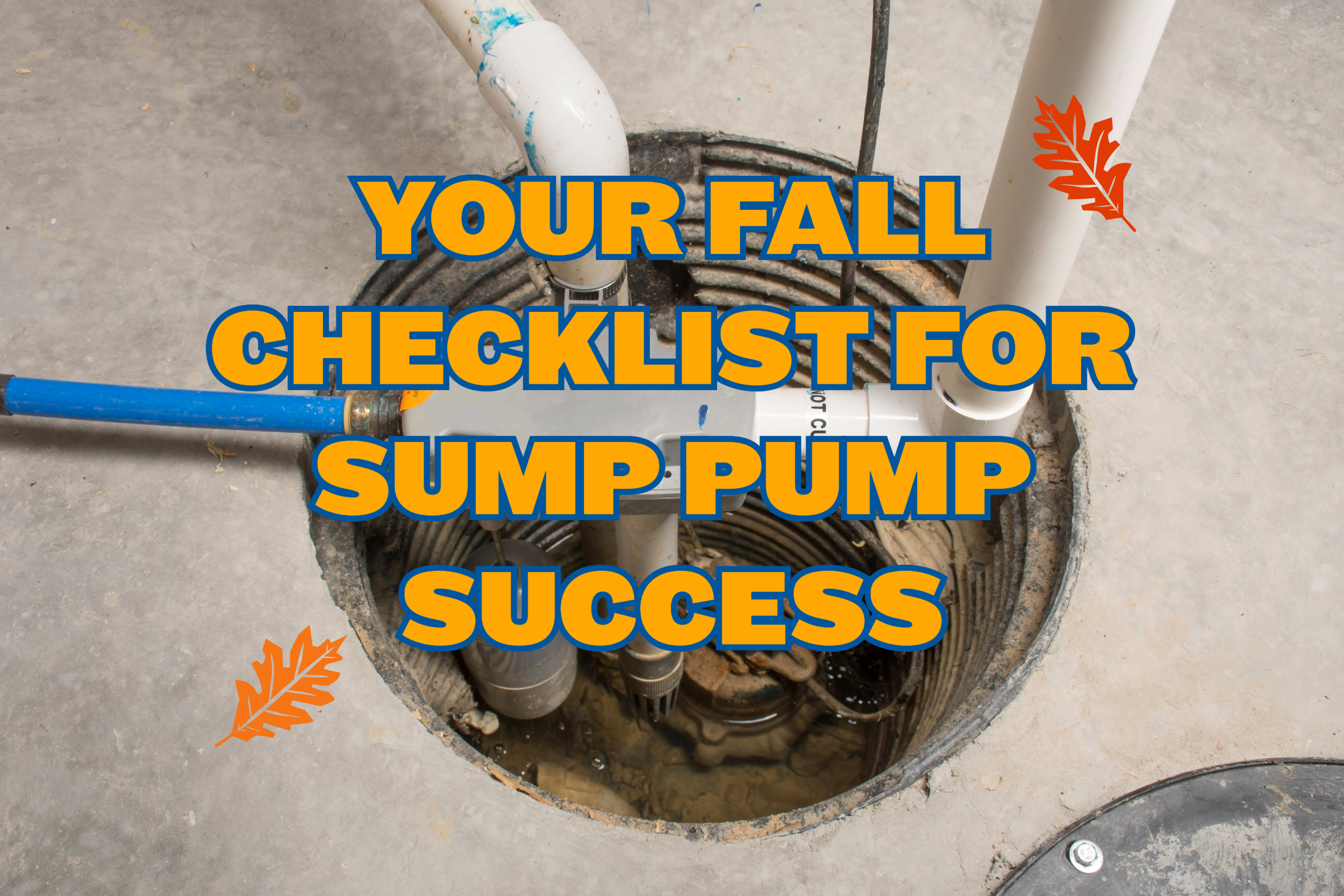Sump pumps are essential throughout the year, but they play a particularly crucial role during the fall and winter months in regions with cold weather and snowfall. This means as Ohioans, it is imperative for us to take care of our sump pumps. Our team of experts at Loveland Plumbing & Drain has put together a few tips and tricks to ensure the success of your sump pump during the upcoming colder months.
YOUR FALL CHECKLIST FOR SUMP PUMP SUCCESS:
Step 1: Remove the cover first. Begin by opening the sump pump pit or basin and carefully lifting off its cover. Then take a moment to inspect the interior. If you notice any debris, mud, or rocks, it is important to remove them promptly. Foreign objects of this nature can potentially cause obstructions in the sump pump system, leading to potential overflow problems. By taking this proactive step, you can ensure the smooth operation and reliability of your sump pump.
Step 2: Now, let’s check the drain hose. Take a good look at it and make sure it’s securely connected and free from any blockages or ice buildup (especially in the winter). If the drain hose is blocked or frozen, your sump pump might keep running non-stop because it can’t properly get rid of the water in its pit.
Step 3: Thirdly, move on to inspecting the inlet screen. Ensure the inlet screen is clean and allows water to enter your sump pump’s pit. A blocked inlet screen can prevent water from reaching the pit, which may lead to a flooded basement. So, be sure to take this proactive measure to maintain a functional and reliable sump pump system.
Step 4: Check out the float mechanism. You’ll want to make sure it’s working properly in your sump pump. This component is what decides when the pump kicks in to get rid of extra water. Just make sure the float can move freely without any blockage in the way. If the float isn’t doing its job, your pump might not work when you need it to, or it will run non-stop, which could cause damage to the engine in the long run.
Step 5: You should also examine the drainpipe. It is essential to ensure that the water discharged by your sump pump is directed away from your house. Take a moment when the sump pump is operating to inspect the location of the discharge pipe outside. Confirm that it directs water at a safe distance from your home, avoiding the risk of water seeping back into the pump. This is crucial as continuous and inefficient operation can lead to premature wear and tear, potentially shortening the lifespan of your sump pump. However, it is important to note that while keeping the discharge pipe away from your home, outbuildings, or other structures is necessary, it should still remain within the boundaries of your property. Discharging excess water onto your neighbor’s property should be strictly avoided to maintain proper drainage and avoid inconvenience.
Step 6: Perform a test run by pouring a bucket of water into the sump pit to activate the pump. Keep a close eye on its performance to make sure it effectively responds and removes the water. If the pump doesn’t start, make sure it’s still connected to the power source and that the power cord is in good condition.
Step 7: Be prepared for unexpected situations to happen. It is highly advantageous to have a backup battery or generator in your home, particularly in the event of severe storms or power outages. By having a backup plan in place, you can have the added assurance that all necessary measures will be taken care of in case of power failure or unforeseen circumstances.
To ensure optimal functionality of your sump pump during the coldest months of the year, it is crucial to implement proper fall winterization measures. These imperative steps will not only safeguard your home from potential water damage but also ensure the success of your sump pump system in the face of cold weather conditions.
Having trouble with your sump pump? Don’t delay; call Loveland Plumbing & Drain today at (513) 644-0556, or schedule an appointment now by clicking here!

